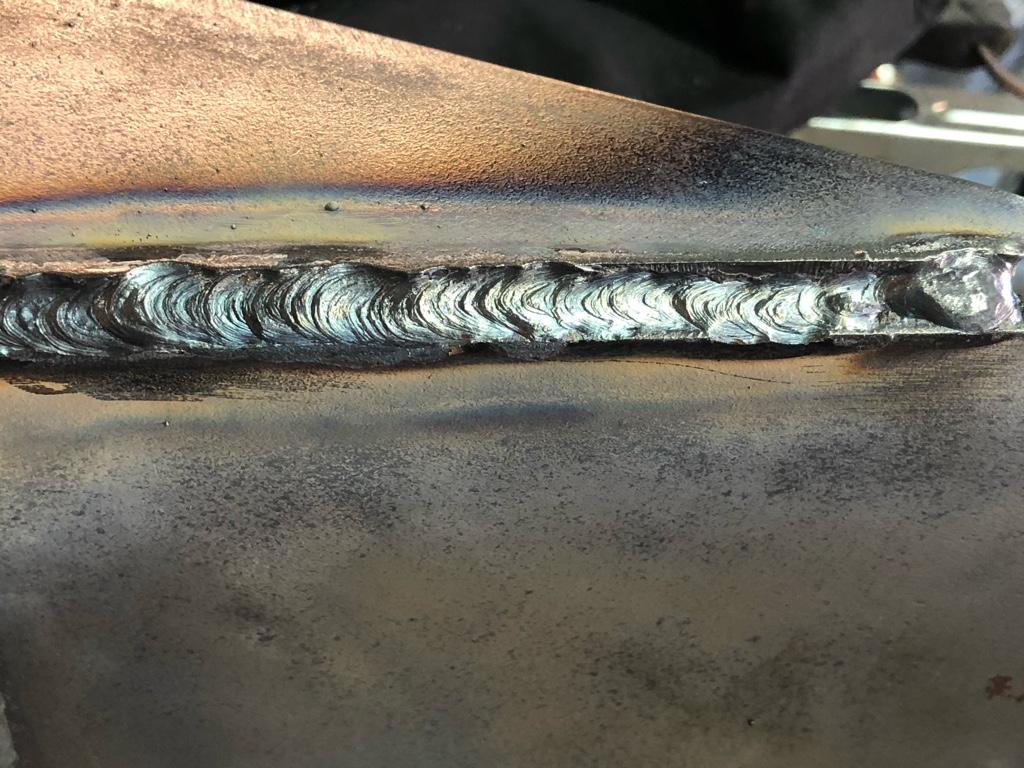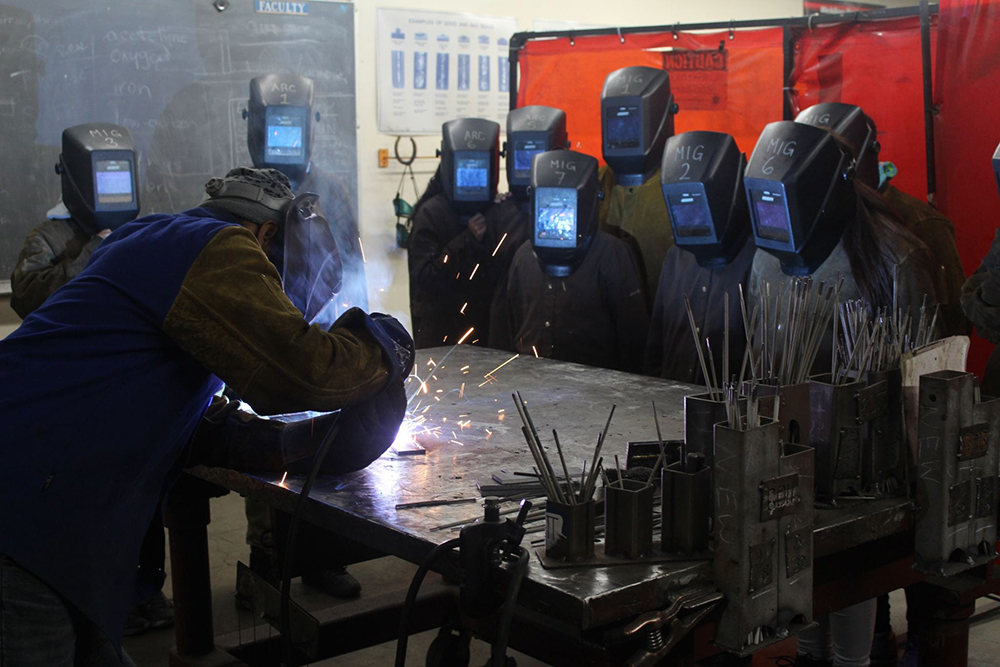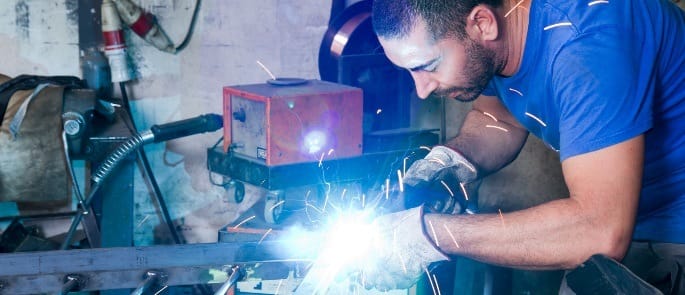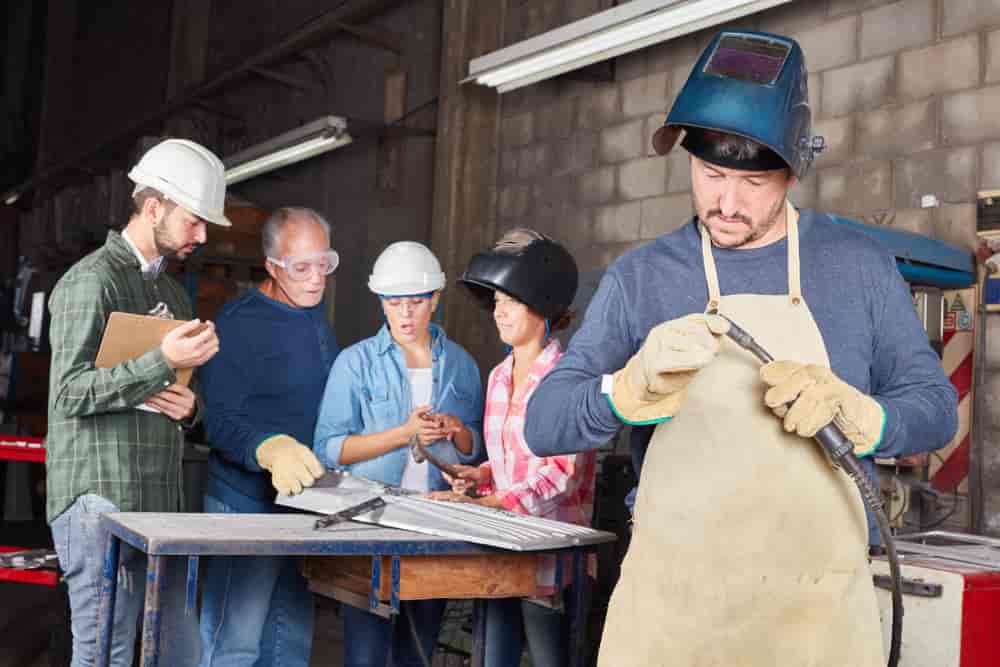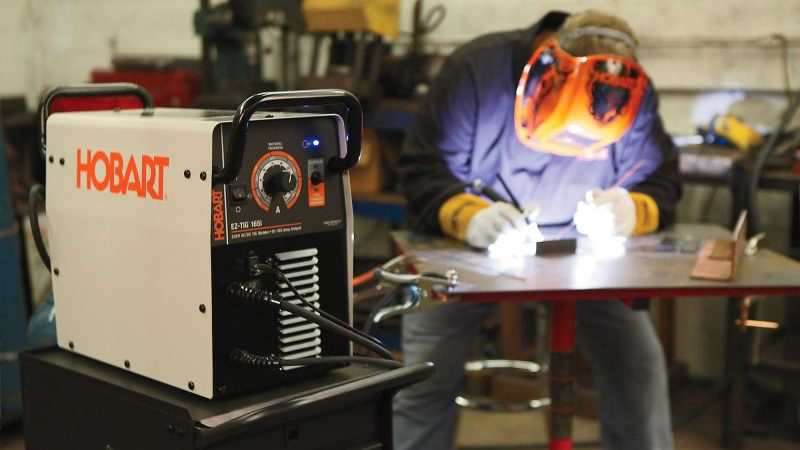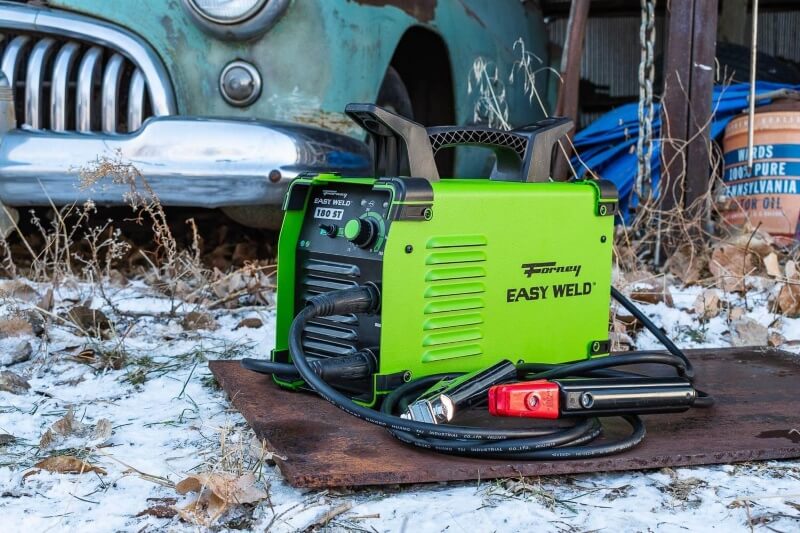

If you’re new to welding, and you’ve never picked up a welder before then you might be surprised at just how many types of welding processes there are. Being able to choose the right option could be essential for you to get the best results and a clean weld.
In this guide, we’ve listed the most popular different types of welding, and what each one entails. You will find that there is probably an ideal method of welding or welding styles to suit your own unique needs. That means that where you are welding, and the materials, all need to be considered. Naturally, some types of welding are more specialist and also require specific knowledge if you are going to give them a go, and none of the types of welding should be approached without the proper precautions being taken.
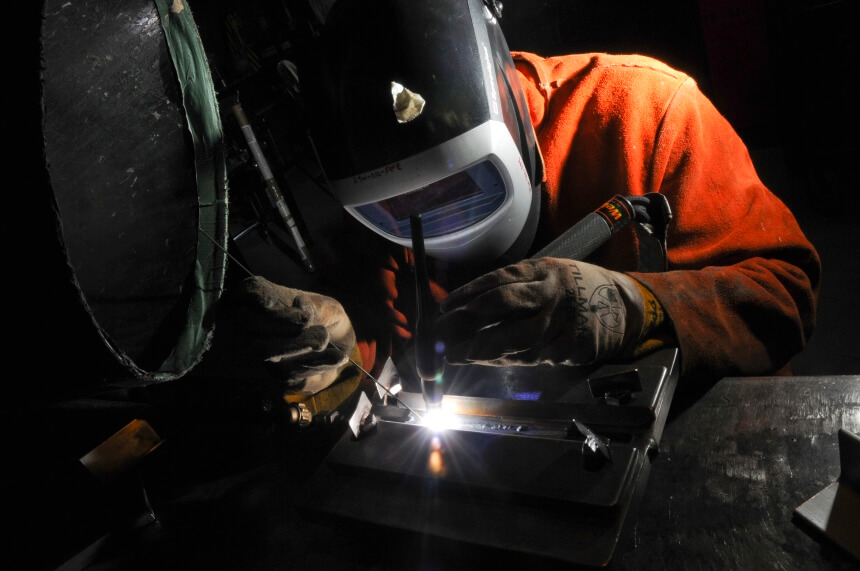
A lot of the various welding machines use different fuels. Some use electricity whereas others use other forms of fossil fuels.
Welding styles also differ to suit the different materials. Of course, metal can come in a number of different makeups and varieties. What is best for aluminum might not be best for some other metal types, so this comes into consideration when it is time to choose a welder or welding style.
How many types of welding are there? The truth is that there are more different types of welding processes than we’ve listed in this guide, but beyond the 10 welding types explained below you are likely to head into a really specialist territory! For beginners, there aren’t that many styles that you should attempt until you are a more experienced welder.
On to the most popular different types of welding processes, as we explain 10 different methods that are commonly used…
Submerged welding can be automatic, and has minimal emissions which means it is a pretty safe method for creating quick and easy welds. It can also avoid fumes that can be pretty harmful.
Submerged welding processes are done under fusible flux, the flux becomes connective just like metal and then creates a current between metals that you are welding. It protects the metal from the surrounding atmosphere in the process.
TIG welding uses a tungsten electrode. This heats the base and creates a welding arc to melt wire and create a weld. It’s used with gas, which shields the weld pool and stops it from becoming contaminated. External gas supplies like helium or argon are needed for the process. The Lincoln Electric Square Wave TIG K5126-1 uses argon gas.
This is a great style of welding for thin material, and can create a clean join. It is also quite specialist and can be tough to learn because there are often small areas to work with in the materials. Many find that a TIG welder for aluminum can be a good choice, especially if you are working with thin sheets.
MIG is one of the most simple and straightforward methods to get started with. If you’ve never tried welding this is where to get the journey underway. MIG stands for metal inert gas. It’s also sometimes referred to as metal arc welding (GMAW). A simple 120V MIG welder can be a suitable home welder. The Hobart 500553 Handler is a great example of a MIG welder with plenty of quality.
A filler wire gets put through a welding gun and gas is added to protect the weld from the environment. The wire is on a spool. The tip of this wire works like an electrode and gives you your welding arc, and you can use this method on a number of different metals and create a weld that is normally really smooth and appears high-quality.
Stick is simple but quite outdated. It’s a form of spatter welding so it makes a real mess. The stick electrode makes your arc and then allows you to weld using filler metal. The flux that is made on the stick makes your shield so that the weld doesn’t oxidize Trusted Source Redox - Wikipedia Redox (reduction–oxidation, pronunciation: /ˈrɛdɒks/ redoks or /ˈriːdɒks/ reedoks) is a type of chemical reaction in which the oxidation states of atoms are changed. Redox reactions are characterized by the actual or formal transfer of electrons between chemical species, most often with one species (the reducing agent) undergoing oxidation (losing electrons) while another species (the oxidizing agent) undergoes reduction (gains electrons). en.wikipedia.org . It creates some slag, so needs a cleanup afterwards. People still use this method because of the fact that it can be done outside in the rain.
Flux cored welding is almost the same as MIG welding and you can sometimes use the same machine to do both. The MIG welder uses filler wire fed from the gun, but the flux cored welder uses a core of flux so you don’t actually need any gas to shield and protect from the environment. This hard-wearing method is really good for thick and heavy metals.
Atomic hydrogen is a complex and demanding method. It is usually only used on tungsten now. Electrodes are placed in high heat within hydrogen, up to 3000 degrees, which can allow metal to be welded together. This method requires a lot of caution and equipment to get it right.
Plasma arc welding is one of the more modern methods. A current is passed through the nozzle that can be used to create a really simple and narrow welding arc and bead that often looks very simple and clean. It’s good for creating strong welds in small spaces and therefore it’s often used for things like planes. Home welders shouldn’t use this method.
This method sounds like something out of the future. It uses electrons fired at a very high speed at metal, which then transfers to the metal, creates heat and melts them, making it easier to join them. This sort of welding is pretty specialist, and often used in industries where high durability and reliability is required, for instance the automotive and aircraft industries.
It’s easiest to understand forge welding when you think of blacksmiths! This is the type of welding where you heat metal, often in a fire, to the point where it can be more flexible and therefore can be turned into other shapes. Cooling then sets the metal. It’s a good method if you don’t want to use additional filler products or flux. Though it’s slightly primitive, it requires loads of skill to get it right.
Resistance welding uses electric. It gets the name from the use of electronic resistance which is used in the welder to make heat and turn a piece of metal into a more malleable model. If you do it right, it’s pollution-free, and for spot welding in a small space it can be a great choice.
The above are the main types of welding explained in simple terms. Naturally, if you want to delve deeper into the individual types of welding processes, you can! It’s amazing just how many different options can be found within this industry. Fortunately, a lot of the welding processes are safer than they have been historically. MIG and TIG welding are still some of the most popular and the machines are easier to find, as is the knowledge on how to weld using these methods.
